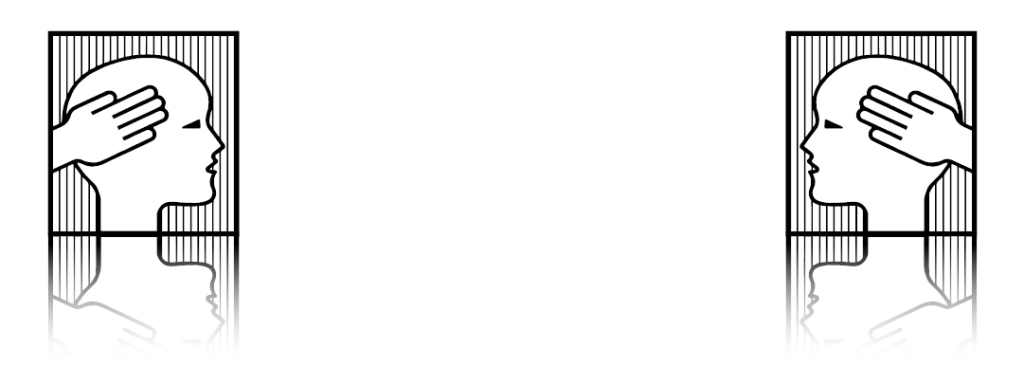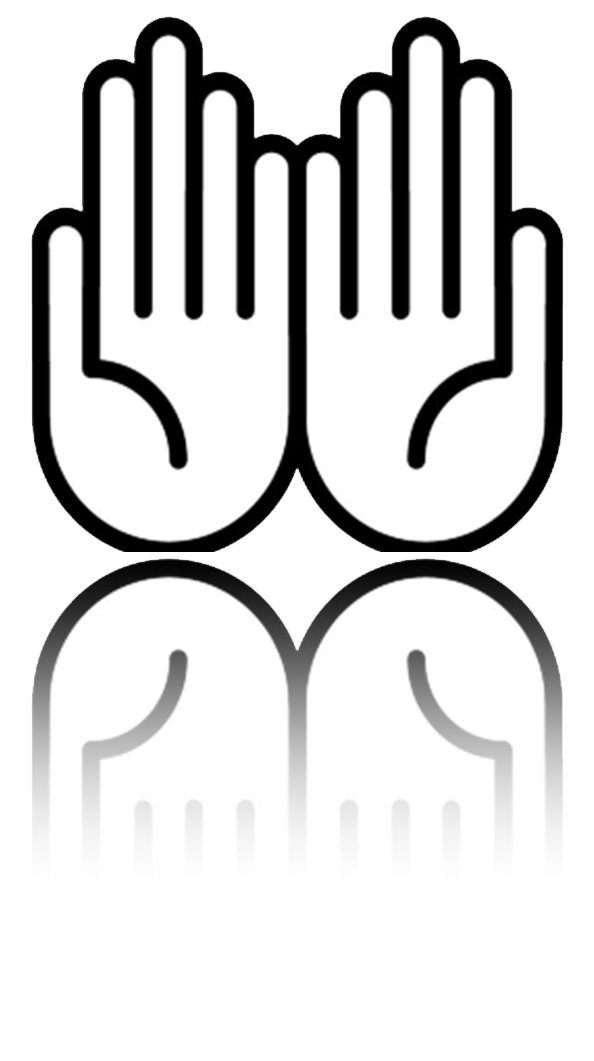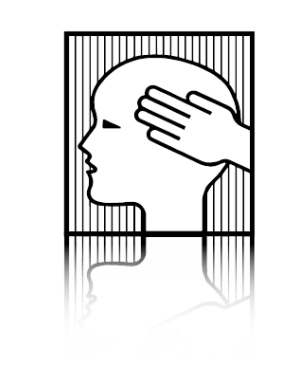The Orchestration of Osteopathy
Outside the Box

“Previous to all discoveries
there exists a demand for that discovery.”
Andrew Taylor Still
Historical Conductors in the Osteopathic Orchestra
Centuries of Evolution
The history and evolution of Osteopathy is fascinating.
Read more about the stories behind these giants of the past.

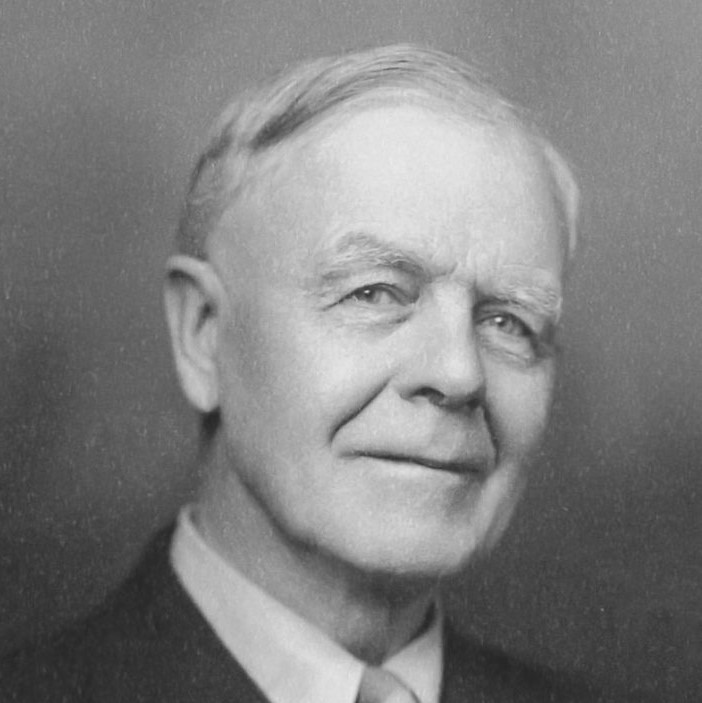
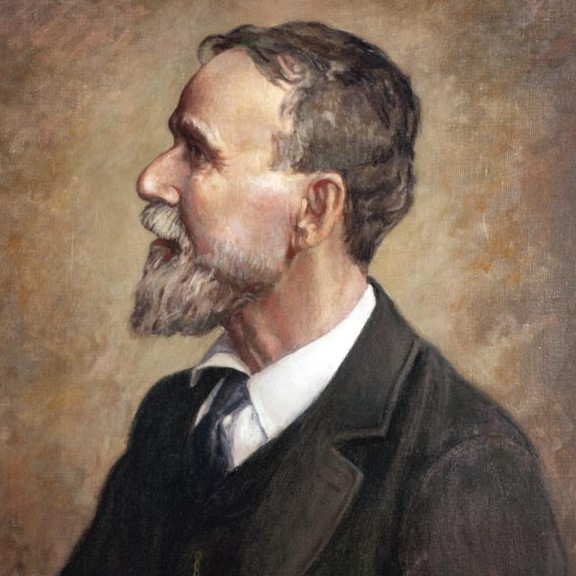
Emmanuel
Swedenborg
(1668-1772)
Andrew Taylor
Still
(1828-1917)
Founder of Osteopathy
30 Best Andrew Taylor Still quotes

Osteopathy in the Cranial Field, the legacy of Swedenborg, Still and Sutherland, cannot be contained in a box. A box was initially necessary for the evolution of awareness and understanding to germinate. This Osteopathic legacy of the Cranial Concept has now evolved beyond one label.
Just as an orchestra has many members and instruments, the orchestration of this evolutionary awareness with its Osteopathic genesis contains many members. All members of this orchestra do not possess a DO after their name. MD, DDS, PT, DC, NMD, LMT: identification initials for labeling a few of the other instrumental players. There is more than one orchestra as well. The consciousness of the Cranial Concept has spread worldwide in the 21st century.
Swedenborg was a Renaissance man of the 18th century; one of his many interests was anatomy. During Civil War America, Andrew Taylor Still actively developed and expanded on Swedenborg’s theorizing and named his practical application and experiences with patients Osteopathy. Sutherland became the conductor of the Osteopathic Orchestra in the 20th century, refining and expanding the cranial concept. The 21st century witnesses the outgrowth of this understanding.
The primary difference in the various ‘orchestral players’ is their level of training. Cranial courses are primarily post-graduate offerings to health-care practitioners who have other licensure. As in any orchestra, there are artists and there are beginning players.
DO and MD and DDS and PT and NMD and
BCST and DC and RN and OT and CST
Sutherland’s Cranial Concept
has evolved in many directions because it is
a Truth, a Reality, a Fact.
There are significant differences in professional development
that provide letters after a name.
How does a patient know where to go?
Looking for a piano teacher?
Identical professional problem:
– the level of training (professional development),
– the scope of experience (practice),
– the approach to technique (treatment)
….all variables
– whatever the licensure
– within the licensure.
An American Contribution
– Beginning during the 1860’s Civil War as Osteopathy;
– Expanding into Osteopathy in the Cranial Field in 1899;
– Unfolding and encircling the globe in the NOW of the 21st century.
The Cranial Concept continues to evolve and transform.
encompassing the beginning player as well as the advanced performer,
including many different instruments,
and honoring many different styles and traditions.
This Path of the heretofore Unknown
is becoming – has become –
a Universal Reality.
The Osteopathic Legacy of the Cranial Concept
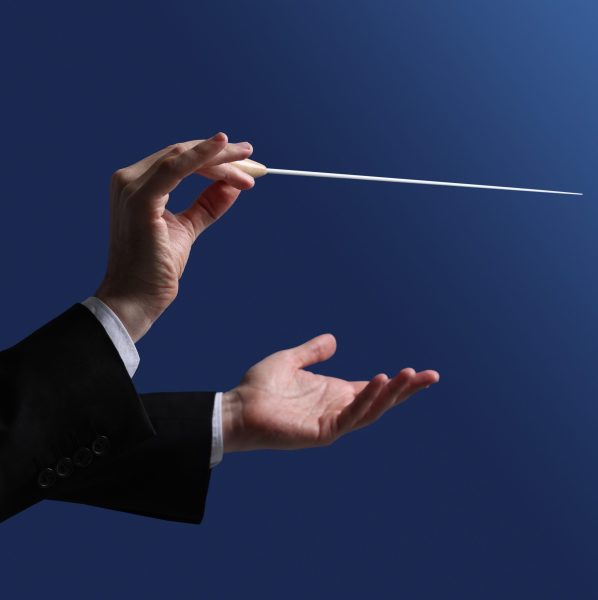
The Osteopathic Orchestral Legacy
The Harmony of Hands
An Orchestra…
of many players, instruments and styles.
Welcome to the Music of
William Garner Sutherland
– honoring his inspiration and courage –
The Cranial Concept
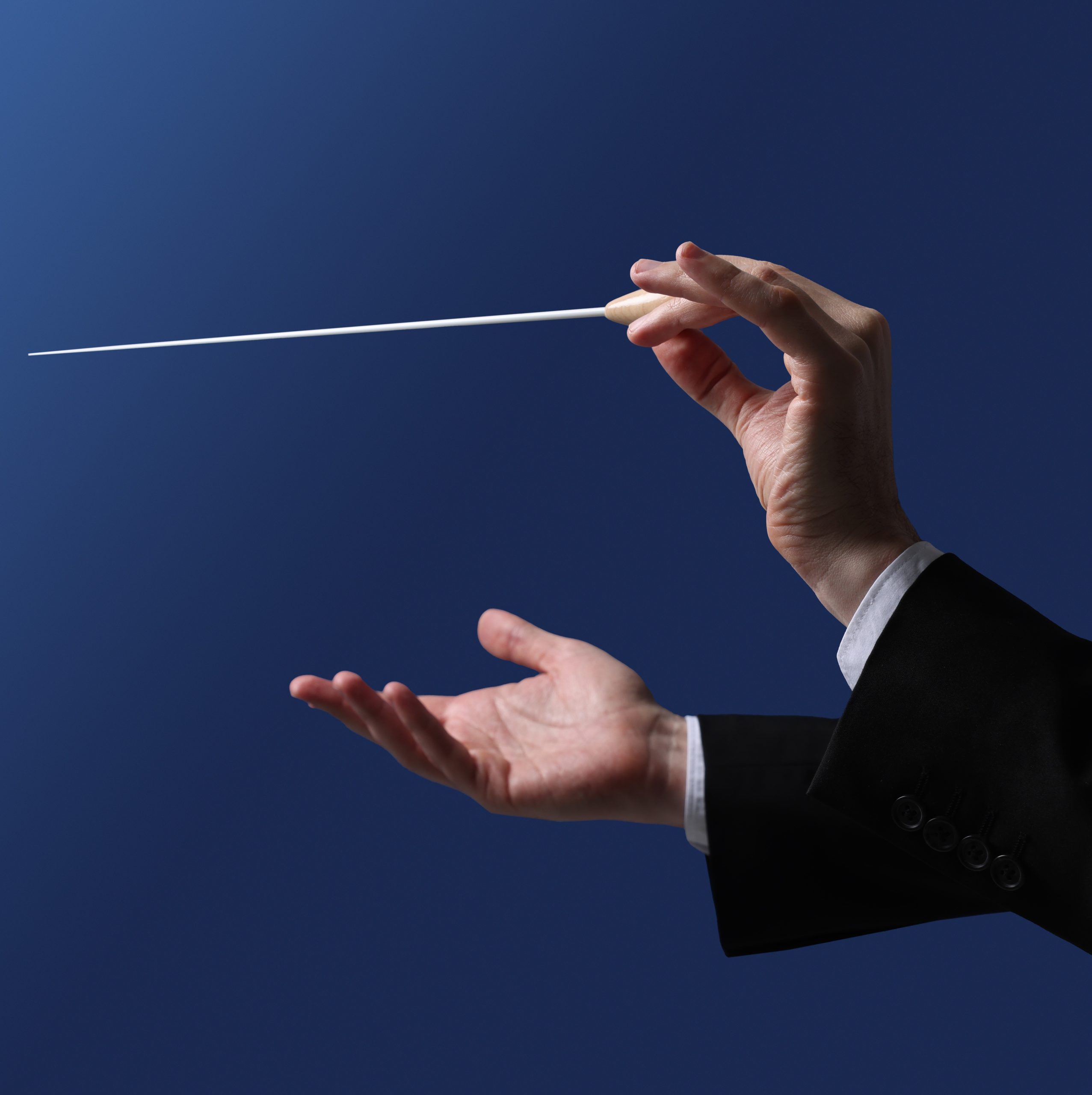
40 Fingers
Hallelujah
Leonard Cohen
2 Cellos
Peter Bence

Different Players
Different Instruments
Different Styles

Contemporary Cranial Conductors


